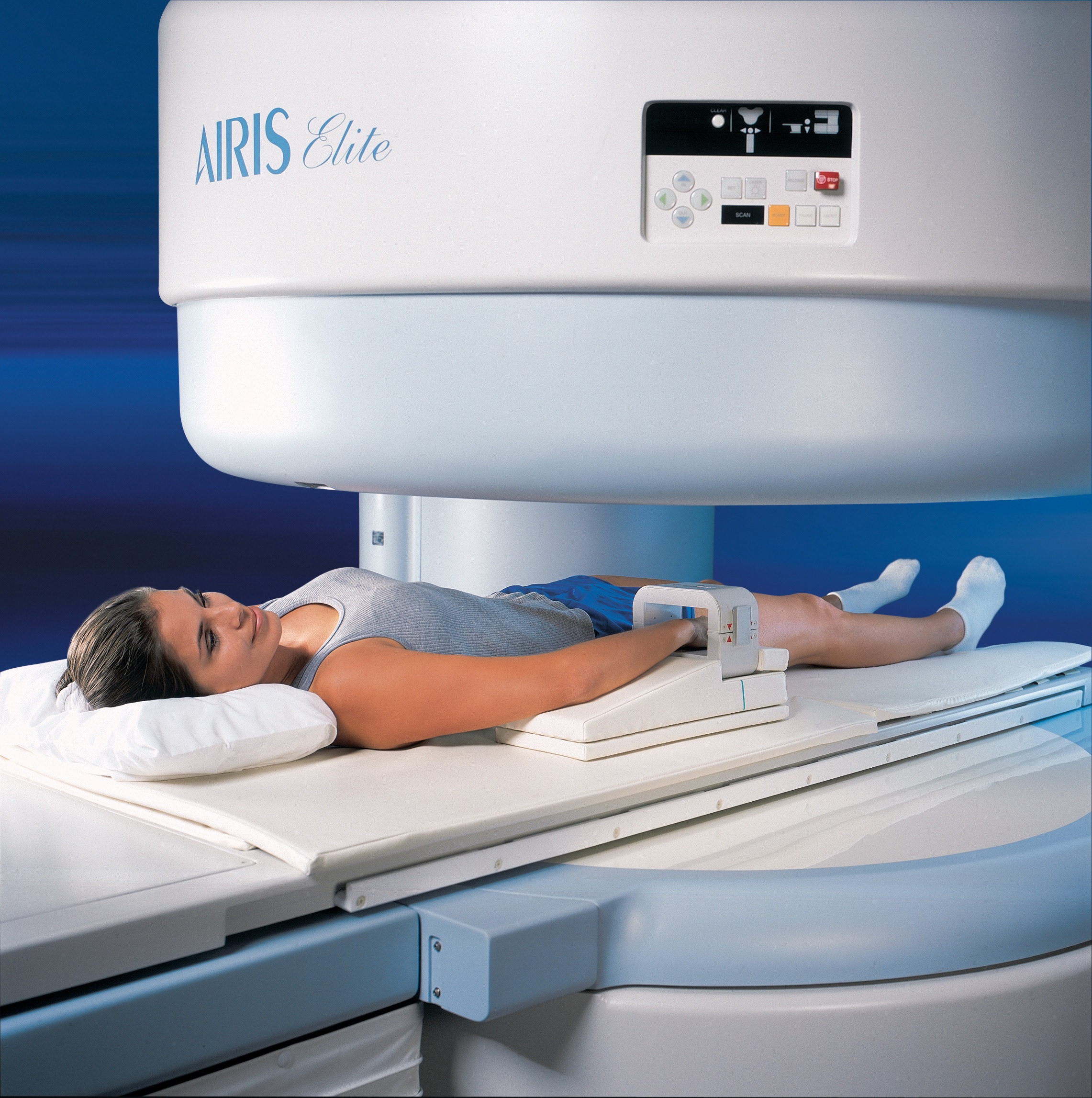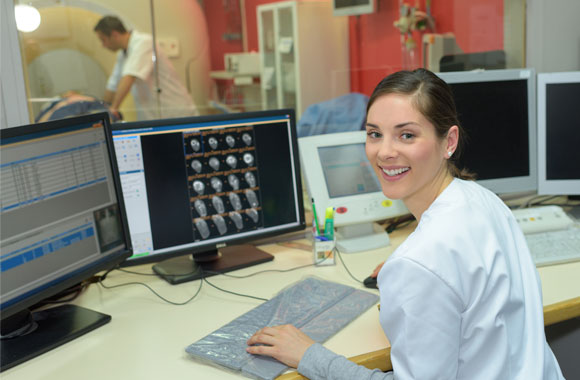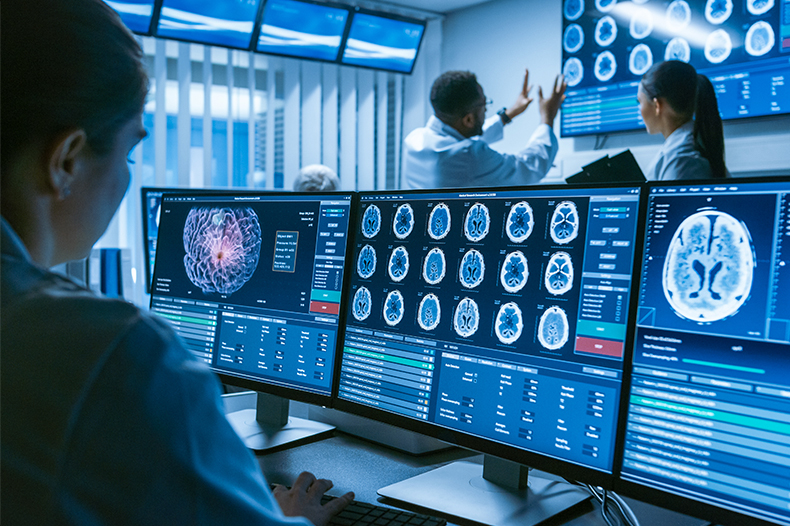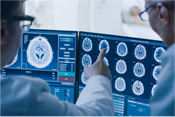MRI
About MRI
What is an MRI?
Magnetic Resonance Imaging or MRI is a painless, noninvasive way to look inside the body and to form pictures of your body and organs. The purpose of an MRI is to find changes in your body that lead to the diagnosis and treatment decisions. MRI uses a large magnet, radio waves, and a computer to create images of your body and your organs. MRI does not use radiation which make it especially safe to use and there are no known side effects.
- Allergies to contrast materials, food, drugs, dyes, preservatives, or
animals - Medications you are taking, including herbal supplements
- Recent illnesses, surgeries, or other medical conditions
- History of asthma and hay fever
- History of heart disease, diabetes, kidney disease, thyroid problems or sickle cell anemiaContrast can be given by mouth or injected through a vein.


How Do I Prepare for an MRI Exam?
Minimal preparation is needed for an MRI exam. However, since MRI uses a magnet, an MRI may not be performed if you have a pacemaker, metal clips in the brain, cochlear implants in the ear, or insulin pumps. It is also important to let your imaging technician know of any other implants, piercings, or metal fragments in our body.
What Should I Expect During My MRI Exam?
Prior to your exam an imaging technician will ask a series of screening questions to determine if you have any medical conditions, devices, implants, or metal fragments that will prevent you from having an MRI scan. You will then lie down on a comfortable padded table that the imaging technician moves to the scanning position.




































What Happens After the MRI?
After the MRI is complete you are free to leave and resume your normal activities.

